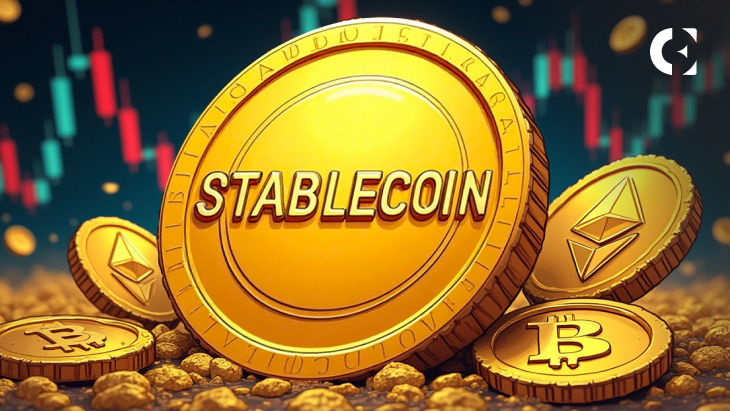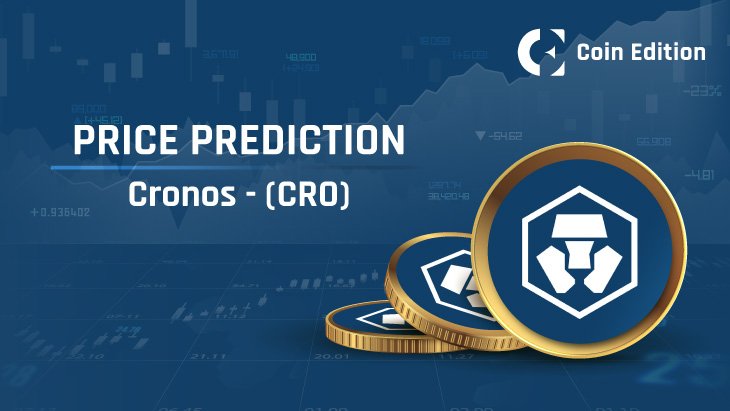Cryptocurrencies have brought new possibilities to global finance, but are often associated with high price volatility. This volatility, while attractive to some investors, makes cryptocurrencies challenging to use for everyday transactions or as a reliable store of value.
To address this issue, stablecoins were introduced—digital assets designed to maintain a steady value, typically pegged to fiat currencies like the US dollar. By offering stability in an otherwise volatile market, stablecoins have become a crucial part of the crypto ecosystem, facilitating trading, lending, and payments. But how did stablecoins emerge? Why have they become so significant? And what challenges do they bring to both markets and regulators? This article will explore how stablecoins fit into the broader economy.
Table of contents
How Stablecoins Came Into Existence
Bitcoin was introduced in 2009 to avoid the interference of middlemen, however, it brought in a practical problem – extreme volatility. If the price of an asset drops by 30% overnight, trading would be difficult. To combat this issue for Bitcoin and other early coins, stablecoins were brought in. The first major stablecoin, Tether (USDT), was introduced in 2014 and pegged 1:1 to the US Dollar (USD). This strongly emphasized that the value of 1 USDT would be maintained at $1, irrespective of market volatility. As crypto adoption grew, several stablecoins like USD Coin (USDC), Binance USD (BUSD), and more experimental models like DAI and algorithmic stablecoins entered the picture.
How are Stablecoins Supported?
Stablecoins are backed by multiple sources, including fiat currency, other cryptocurrencies, precious metals, and algorithmic functions. Stablecoins can be classified into several categories based on the type of assets they’re pegged to.
Fiat-backed Stablecoins
They are supported with huge cash reserves, issued by central banks, such as the USD, the Sterling Pound, and the Euro. They are simple and relatively stable and require trust in the company managing the reserves.
Crypto-Backed Stablecoins.
Instead of fiat currency, they are backed by other currencies, like in the case of DAI and Wrapped Bitcoin (WBTC). To account for the high volatility of crypto assets, users deposit more collateral than the value of stablecoins they receive. Although they are decentralized, they re exposed to major market crashes.
Asset-Backed Stablecoins
Popularly also known as commodity-backed stablecoins. These are aided by other interchangeable assets, such as precious metals. The most common commodity to be collateralized is gold, but there are also stablecoins backed by oil and real estate. Stablecoins endorsed by commodities are much less likely to see their value inflated compared to other fiat-backed coins.
Algorithmic Stablecoins
These rely on algorithms and smart contracts to balance supply and demand automatically. When the price drops below $1, the system reduces supply. When it rises above $1, it increases supply. This kind does not require any collateral and is entirely code-driven. However, it becomes too sensitive if the market confidence breaks down.
Uses of Stablecoins
- Liquidity Provider: Since stablecoins are commonly used by traders, they can seamlessly move between volatile assets and stablecoins, without needing to cash out into traditional currencies.
- DeFi: Decentralized finance (DeFi) relies heavily on stablecoins. You can lend, borrow, earn interest, and participate in liquidity pools, all using stablecoins as the backbone.
- Cross-Border Payments: International money transfers with banks can be slow and expensive. Stablecoins allow instant, low-fee global transactions, often 24/7, without middlemen.
- Global Access: In regions where banking access is limited or local currencies are unstable, stablecoins offer a way for people to transact and save.
Benefits of Stablecoins
- Prevents drastic price fluctuations following market volatility
- Transactions get processed within minutes, unlike conventional methods
- The price of fund transfers is cheaper than traditional methods
- It is ideal for automated financial apps and smart contracts
Challenges of Stablecoins
- Trust Issues: Users rely on private companies to hold the promised reserves.
- Regulatory Concerns: Governments worry about financial stability, monetary policy, and illegal use.
- Code Risks: Bugs or flaws in smart contracts can break crypto-collateralized or algorithmic stablecoins.
- No Insurance: Unlike bank deposits, stablecoins aren’t protected if they fail or lose their peg.
Stablecoins and the Economy
Although they are not involved directly with a nation’s GDP, stablecoins play a pivotal role in the nation’s economy. However, stablecoins indirectly impact GDP by boosting financial efficiency. They enable cheaper, faster cross-border payments, increase financial access in underbanked regions, and support new industries like DeFi and crypto-fintech platforms, all contributing to economic activity.
From a monetary policy view, stablecoins expand the effective money supply, often beyond central bank oversight. In countries with unstable currencies, stablecoins like USDT or USDC can lead to dollarization, weakening local currency control. They also facilitate faster capital movement, potentially affecting foreign reserves and exchange rate stability. Taking a drastic move, President Donald Trump banned the creation and development of CBDC, while India is strongly promoting the e-rupee. With over 5–6 million users and 17+ banks participating, the RBI is experimenting with offline payments, cross-border pilots, and government subsidy distribution using e-rupee, while fintech players like CRED join the ecosystem.
The Collapse of TerraUSD: A Cautionary Tale
An algorithmic stablecoin, TerraUSD (UST), was launched in 2020, aiming to maintain a 1:1 peg with the US dollar without being backed by dollars or crypto reserves. Instead, it relied on a dual-token system with its sister token, LUNA. Whenever UST’s price deviated from $1, users could swap UST for LUNA (and vice versa), with algorithms adjusting supply to stabilize the price.
When the idea gained traction, TerraUSD grew rapidly and became popular. However, in May 2022, investor confidence suddenly collapsed, and UST started to lose its peg, followed by panic selling. Users rushed to redeem UST for LUNA, flooding the market with new LUNA tokens, which led to hyperinflation and a complete price collapse of both tokens.
Within days, over $40 billion in market value was wiped out, devastating investors and shaking the entire crypto industry. Terra’s failure highlighted the fragility of algorithmic stablecoins and sparked global regulatory concerns about the stability and risks of such models. Since then, many projects have moved away from purely algorithmic designs, focusing more on collateral-backed approaches for stability.
Future of Stablecoins
Stablecoins have become essential in crypto markets, DeFi, and cross-border payments, but their growth brings new responsibilities. In the future, we can expect tighter regulations, greater transparency on reserves, and more hybrid models combining collateral and algorithms. As stablecoins evolve, understanding how they work and the risks involved is crucial. Stability remains their core promise, but ensuring trust, security, and proper oversight will shape their long-term role in global finance.
Disclaimer: The information presented in this article is for informational and educational purposes only. The article does not constitute financial advice or advice of any kind. Coin Edition is not responsible for any losses incurred as a result of the utilization of content, products, or services mentioned. Readers are advised to exercise caution before taking any action related to the company.







